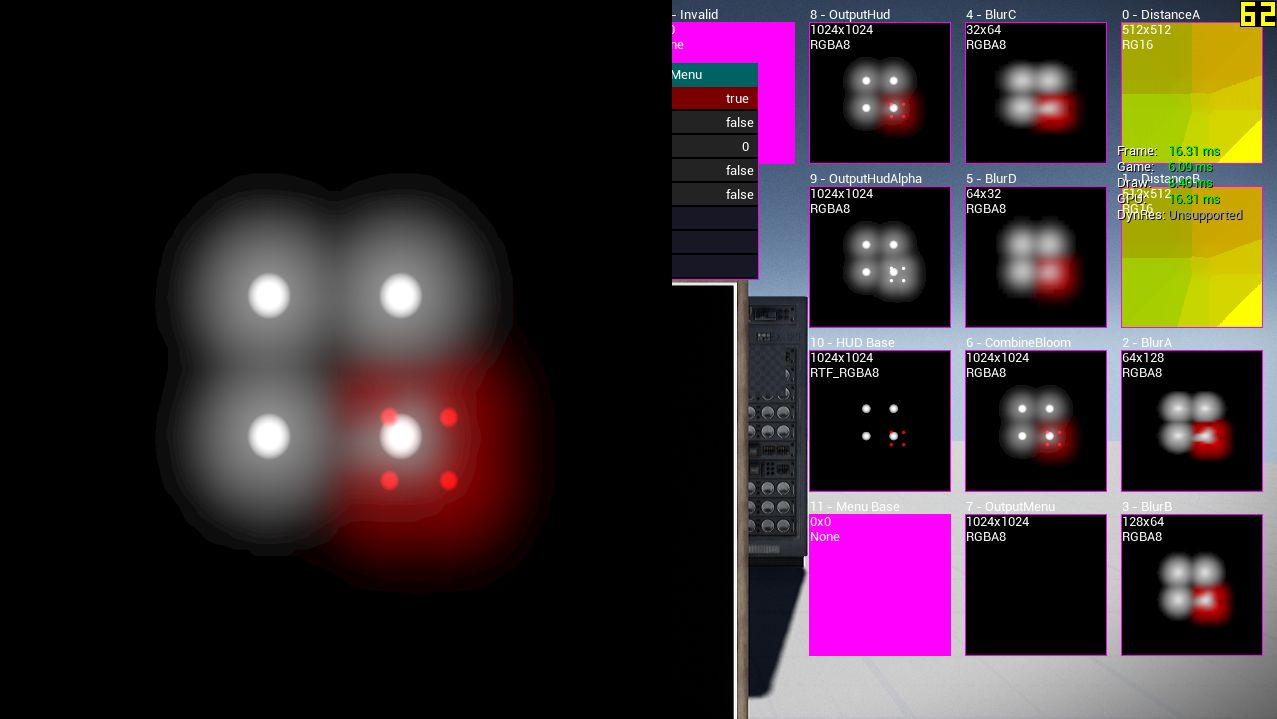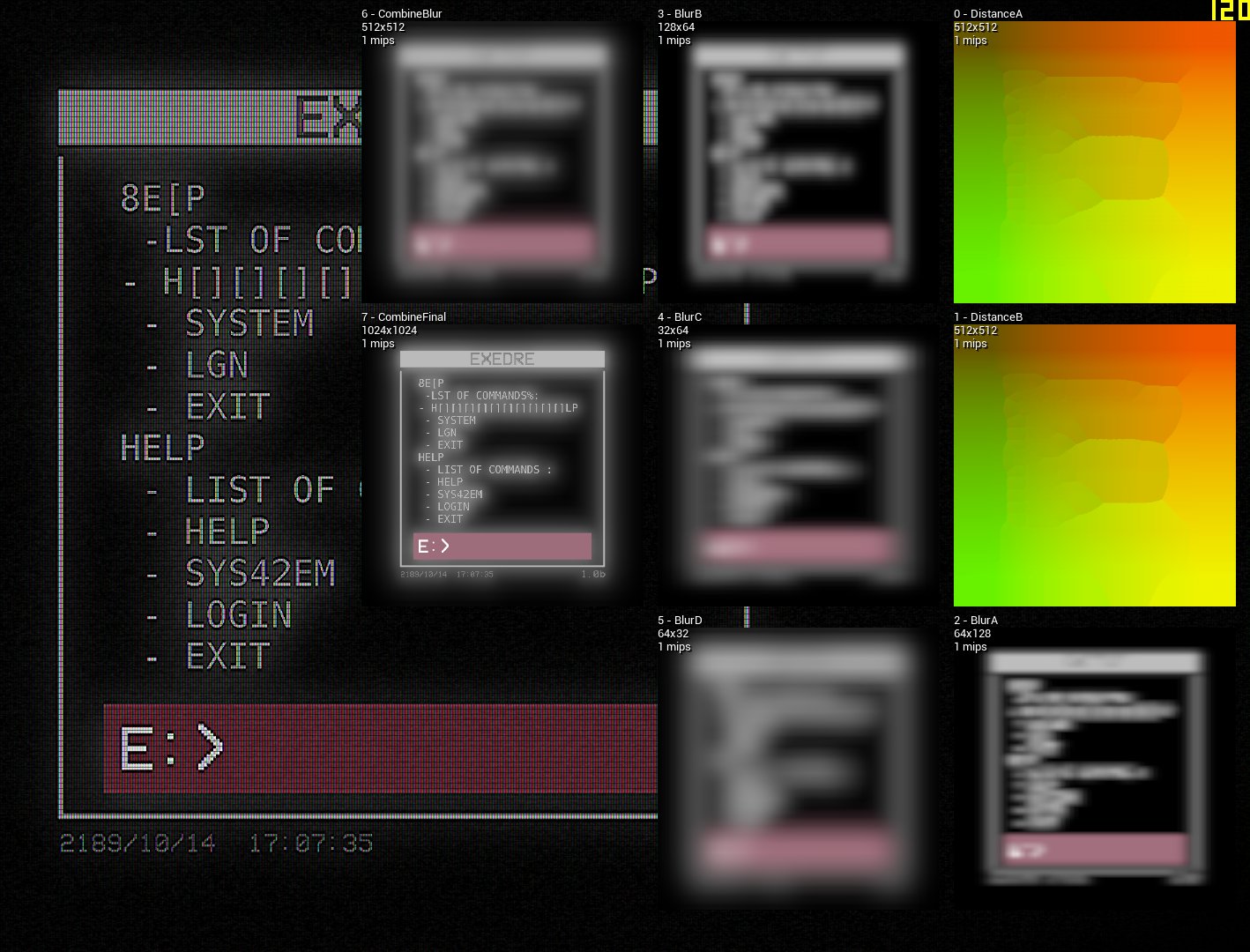The setup panel is described here https://github.com/segross/UnrealImGui#settings. It requires an update to mention Canvas Size and DPI Scaling but when you hover you should get tooltips with comments. Let me know when you find it, so I can close the issue.
If you would like to access it from code then it is a different story. The FImGuiModuleSettings is intended to be private. But I would be interested to hear the use case as everything is always for discussion. But normally properties are meant to be dynamic and therefore exposed through the module interface and settings are meant to be controlled from config (through the settings panel).
When it comes to navigation, since I use it for debugging, I prefer a bigger canvas + this https://github.com/segross/UnrealImGui#navigating-around-imgui-canvas


It looks like by default the viewport and canvas size don't match, making some widget appear out of frame if your window is smaller than the screen. It looks intentional when looking at
ImGui/Private/Widgets/SImGuiWidget.cpp, seeing there is a switch on an enum insideSetCanvasSizeInfo()than handle different behaviors leading to different sizes later inUpdateCanvasSize().My question is how do I access the
FImGuiModuleSettingsmodule to be able to call the various Get/Set function and change this enum value ? I have looked around but didn't find the point of entry for me from outside of the plugin. I'm also having some include errors when trying to referenceImGuiModuleManager.h, so any input is welcome on that as well.Right now I have to hack the
UpdateCanvasSize()to answer my needs, which is not great for later mainteance.